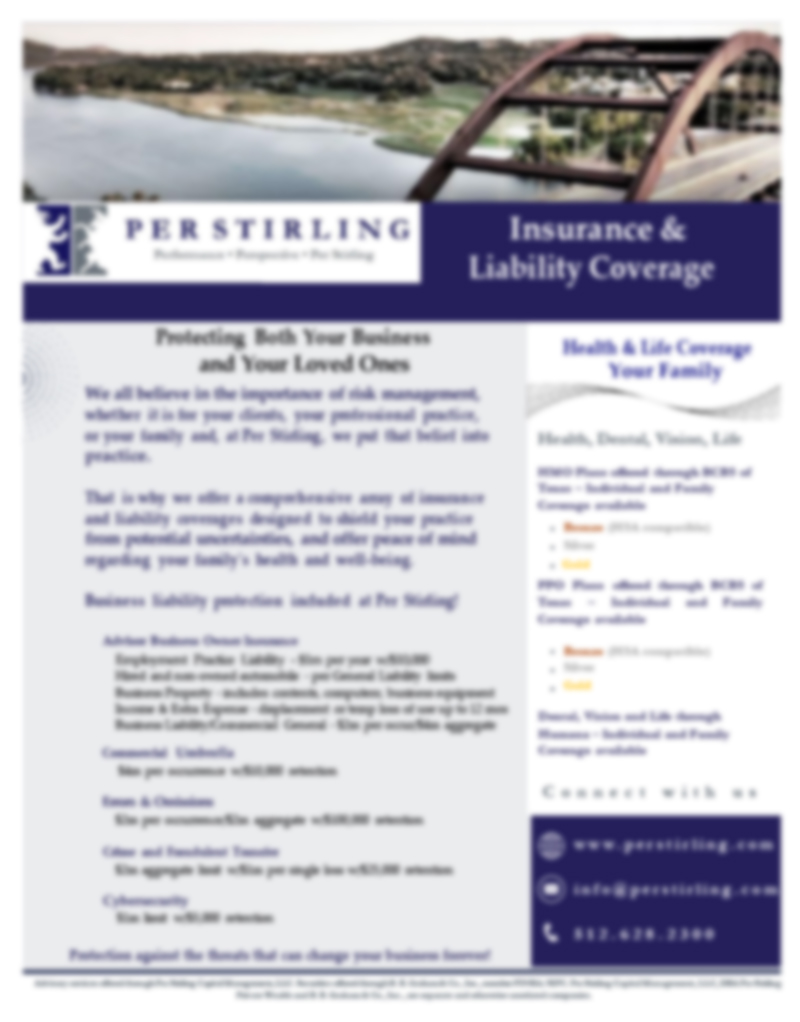17
SeptemberHow Do I Go about Choosing a 529 Plan?
Generally, you can join any state’s 529 savings plan. Why might you want to shop around? Some plans may be more appealing, for a variety of reasons. Here’s one way to approach this question.
First, find out if your state offers any state tax benefits for 529 contributions or withdrawals, and whether those benefits are contingent on joining your own state’s 529 plan. If so, you’ll want to look at your own state’s plan first.
Beyond this, you can compare plans on a variety of factors:
- Investment choices: The plan should offer a range of investment options from conservative to aggressive. You may want to look at past investment performance of certain portfolios, and possibly compare the performance of a particular portfolio in one plan with other similar portfolios in different plans. Does the plan offer age-based portfolios, where the underlying investments automatically become more conservative as the beneficiary gets closer to college?
- Investment flexibility: By law, 529 plans are allowed, but not required, to let you change your investments options on your existing contributions twice per calendar year. Can you easily change your investment options online? Also confirm that the plan allows you to direct your future contributions to a different portfolio if you wish.
- Fees and expense: What are the plan’s fees and expenses? This includes investment fees for various investment options and general account maintenance fees.
- Customer service: Can you call the plan with questions? Is the website user-friendly? Can you easily research investment performance and perform routine account tasks online?
- Reputation of plan manager: You may want to consider the reputation, experience, and track record of the state’s designated financial institution who will manage the plan.
Note: Before investing in a 529 plan, please consider the investment objectives, risks, charges, and expenses carefully. The official disclosure statements and applicable prospectuses, which contain this and other information about the investment options, underlying investments, and investment company, can be obtained by contacting your financial professional. You should read these materials carefully before investing. As with other investments, there are generally fees and expenses associated with participation in a 529 plan. There is also the risk that the investments may lose money or not perform well enough to cover college costs as anticipated. Investment earnings accumulate on a taxdeferred basis, and withdrawals are tax-free as long as they are used for qualified education expenses. For withdrawals not used for qualified education expenses, earnings may be subject to taxation as ordinary income and possibly a 10% federal income tax penalty. The tax implications of a 529 plan should be discussed with your legal and/or tax professionals because they can vary significantly from state to state. Also be aware that most states offer their own 529 plans, which may provide advantages and benefits exclusively for their residents and taxpayers. These other state benefits may include financial aid, scholarship funds, and protection from creditors.
This content has been reviewed by FINRA. Prepared by Broadridge Advisor Solutions. © 2024 Broadridge Financial Services, Inc.





